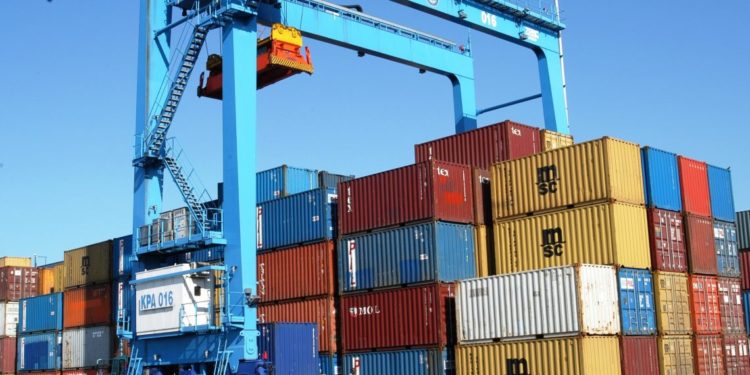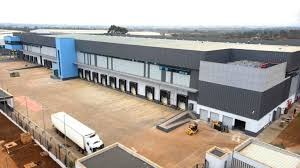Kenya’s recent implementation of the Export Development Levy (EDL) in accordance with the Finance Act 2023 has sent ripples of concern among key stakeholders. The Kenya Association of Manufacturers (KAM) lamented that the Act imposed a 10.0 per cent levy under the EDL while the rest of East Africa is at zero per cent, making neighbouring countries more attractive for trade. The levy, aimed at financing various export-oriented initiatives, has sparked fears of potential trade diversion and economic imbalances among EAC countries.
The EDL, introduced as a means to boost Kenya’s export sector, has raised concerns about its potential impact on regional trade dynamics. Critics argue that the levy could result in trade diversion, where businesses in neighbouring countries may opt to source products from countries lacking such levies in their trade regulations.
The items subject to the tax include materials such as raw elements, middle-stage products like clinker, metal items such as wire rods and billets, and packaging paper products. This move goes against the current assessment of the East Africa Community (EAC) Common External Tariff (EAC-CET), where the EAC Partner States have embraced a 4-tier system: 0.0 per cent for raw materials, 10.0 per cent for rare intermediate materials, 25.0 per cent for regional intermediate materials, and 35.0 per cent for finished goods.
Read more: East Africa Predicted to Lead Continent’s Economic Growth in 2023-2024, Despite Risks
To address these concerns, a coordinated approach among East African nations is essential. Regular dialogues and consultations can help prevent unintended negative consequences on regional trade. Collaborative efforts could involve sharing insights into policy changes, discussing potential repercussions, and jointly strategizing to achieve economic growth without disrupting well-established trade relationships.
Email your news TIPS to editor@thesharpdaily.com


















